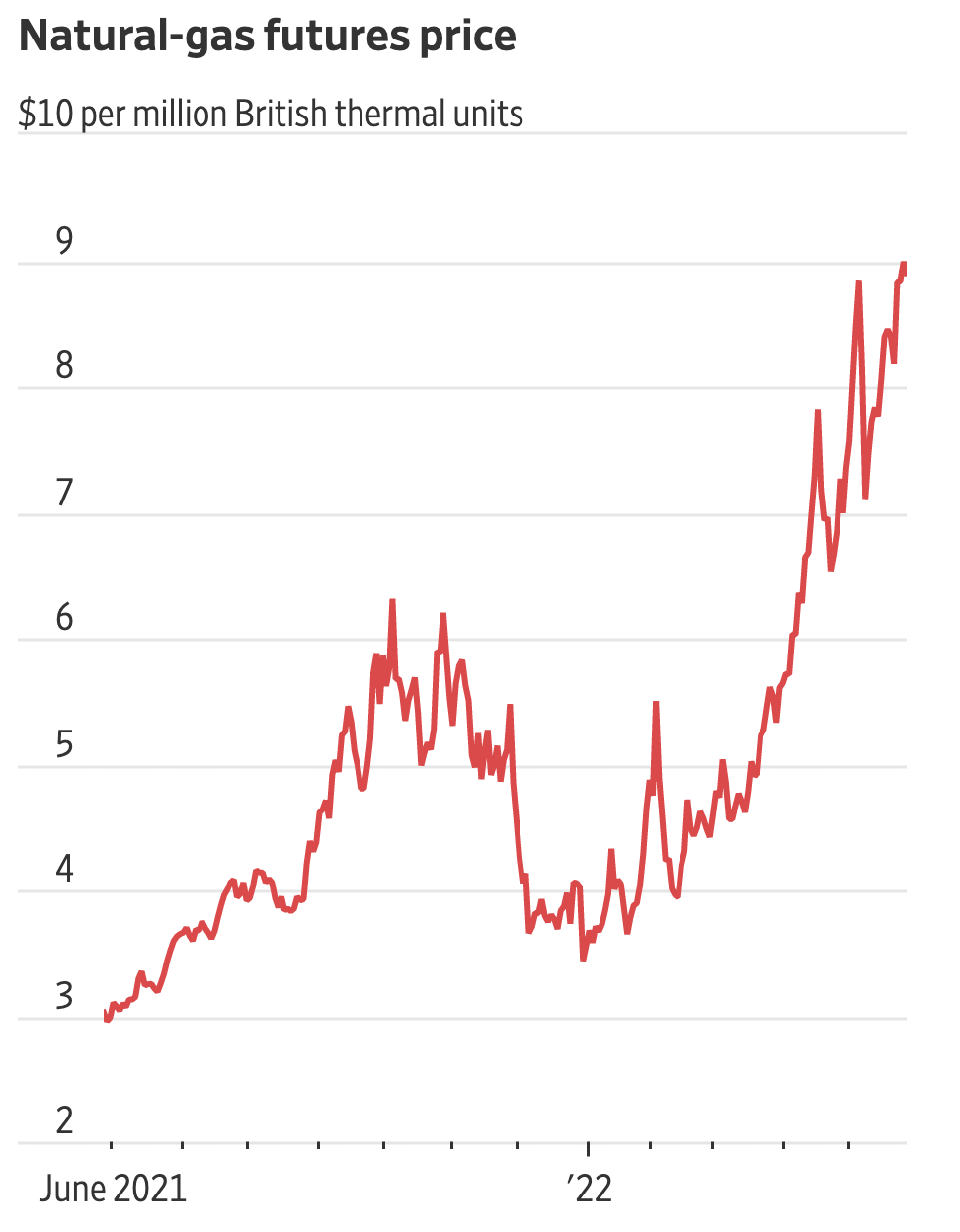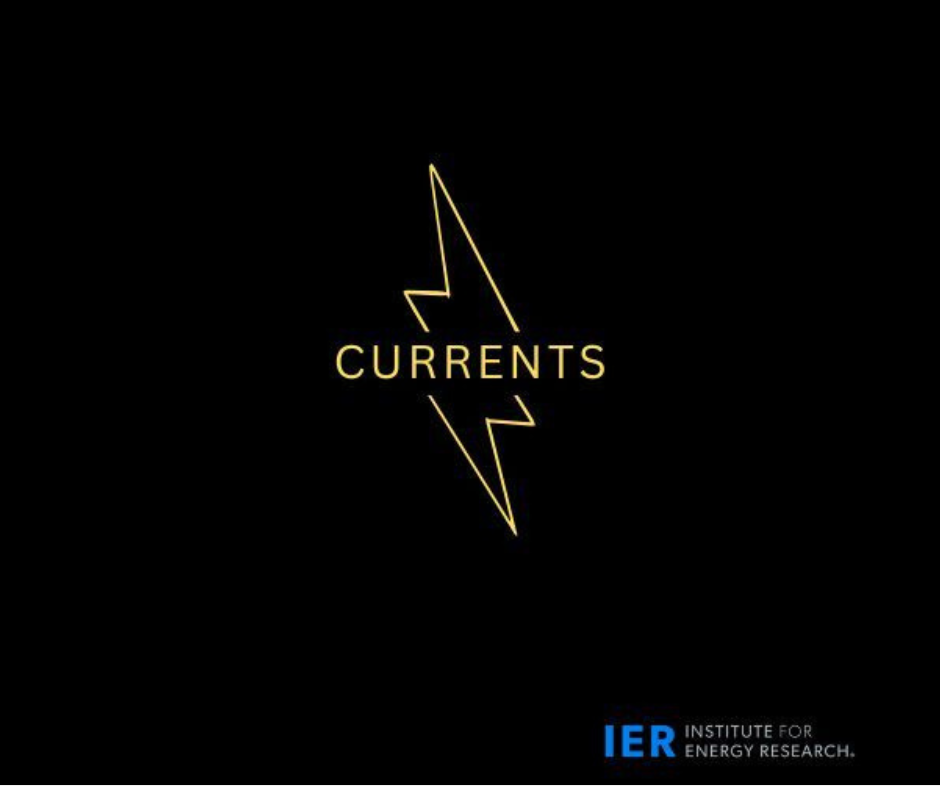Biden Rolls Back Another Trump Era Reform
President Biden’s Environmental Protection Agency (EPA) proposes to restore authority to states and tribes under Section 401 of the Clean Water Act to veto gas pipelines, coal terminals and other energy projects, reversing a Trump administration rule that had curtailed that power. Prior to 2020, the Clean Water Act gave states and tribes the ability to review federal permits for industrial facilities and block projects that they said might affect water quality within their borders. Without their certification, the federal government could not approve a project.
In 2020, President Trump’s EPA revised the regulation, resulting in a reduction of state and tribal authority under Section 401. This was part of his overall regulatory streamlining efforts designed to speed U.S. construction and infrastructure projects. Trump’s 2020 rule gave federal regulators one year to make permitting decisions, while this proposed EPA reversal will allow states and tribes unlimited time to gather information. In other words, states and tribes can delay needed projects. The proposal would counteract the well-defined timeline and review process enacted by Congress, increasing permitting delays and allowing states to go beyond their scope for water quality certifications.
EPA will provide a 60-day comment period after the rule is published in the Federal Register. The final rule is expected to go into effect sometime in 2023.
Background
Some states have used their authority under the Clean Water Act to stop or delay energy projects. In 2017, Governor Jay Inslee of Washington refused to certify a federal water permit for a coal export facility on the Columbia River, using as an excuse the risk of spills and effects on air quality. In truth, Inslee had stipulated his opposition to coal use well before this action. In 2020, Governor Andrew Cuomo of New York denied a permit for a pipeline that would have shipped natural gas into New York from Pennsylvania, based on the project’s supposed “inability to demonstrate” that it could comply with water quality standards. This was after Cuomo banned hydraulic fracturing in New York in 2014, despite President Obama’s EPA repeatedly stipulating that it could not find that hydraulic fracturing damaged groundwater.
The Biden administration’s proposed rule change would essentially restore the conditions that existed before the Trump administration changes that stopped the projects above. The needless red tape being added is clearly not going to help improve oil and gas production that President Biden claims he wants increased. The new regulation could easily block infrastructure needed to meet both domestic demand and exports that President Biden promised Europe.
For instance, U.S. natural gas production needs to increase and gas pipelines need to be constructed to supply the promised LNG to Europe and to meet domestic demand. LNG exports were 674 billion cubic feet higher (187 percent) in the first three months of 2022 compared with the same period in 2019, while domestic production increased by only 433 billion cubic feet (5 percent). As a result, LNG exports have grown to around 12 percent of domestic gas production, up from 4 percent in 2019, and is expected to increase further. Net exports of LNG and pipeline natural gas hit a record of 377 billion cubic feet in March 2022, up from 121 billion in March 2019—over a 200 percent increase.
The growth in LNG exports, in excess of domestic production, has drained natural gas inventories and increased prices. At the end of March, working stocks in underground storage were 318 billion cubic feet below the pre-pandemic five-year average. Reflecting the anticipated shortage of gas, futures for June delivery ended at $8.908 per million Btu, down from a high of $9.401. July futures were at $8.895 per million Btu toward the end of May. Natural gas prices between 2015 and 2020 were $4 or less.

Court Action
Lawsuits were filed by 20 states, the District of Columbia, three tribes and six conservation organizations to the Trump administration’s 2020 rule. In 2021, Biden’s EPA planned to revise the 2020 rule, and a district court agreed with the agency that the case should be remanded and the 2020 rule vacated. Louisiana and seven other states joined with the American Petroleum Institute and other industry groups to reinstate the Trump administration rule. After both a federal judge and the Ninth Circuit denied them a stay in December, the states sought relief from the U.S. Supreme Court, which sided with them in an emergency ruling to reinstate the Trump administration policy.
Conclusion
Oil and gas producing states are concerned that the EPA proposed rule change will veer from the intent that Congress had when authorizing the Clean Water Act and allow some states to delay and increase costs for essential energy infrastructure to meet domestic demand and supply the Biden-promised LNG to Europe. States have used Section 401 in the past to stop or delay projects, which in effect restricts commerce of other states. Despite Biden telling the American public that he wants companies to increase oil and gas production, his actions continue to demonstrate the exact opposite.
The United States is entering the summer travel season, where cars and planes fueled by petroleum products will be taking families on much needed vacations, and homes and offices will need air conditioning fueled by electricity where over one-third is generated by natural gas, not to mention that natural gas heats half of U.S. households that will be purchasing the fuel this fall and winter. Unless production is increased, Americans can expect shortages that will adversely affect their lifestyle. The administration’s non-stop assaults on the supply chain of conventional energy supplies in the United States is beginning to have a real impact.
*This article was adapted from content originally published by the Institute for Energy Research.




